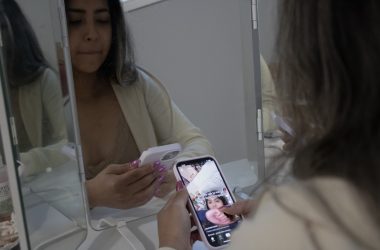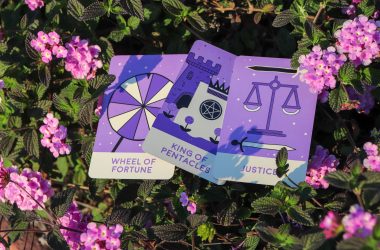Brett Waterfield’s office resembles a small museum. Two beautiful African drums adorn a corner desk. There’s an array of smaller artsy figurines surrounding the drums, but it’s the photo frames that caught my attention the most. They come in all sizes and so many colors — as in skin colors.
The Student Life and Development assistant director is also the coordinator of the cultural graduations. Cultural what? Unless you’ve been walking around campus with swollen eyes due to lack of sleep, you’ve seen posters for the various graduation ceremonies taking place this month.
I’m still not sure why we must pay to participate in the graduation ceremony — as if paying for always-rising tuition and textbooks hasn’t been enough — but it’s a tradition that pays homage to the hard work we put in to get to the stage. The cultural graduation ceremonies were in no way created to replace the traditional commencement ceremonies.
“They all got started with students,” Waterfield said about the beginning of cultural graduation ceremonies here on campus. “Students saw a need to really celebrate their achievements here in a way that was more reflective of their communities.”
The African American Celebration is the longest-running cultural graduation at Cal State Long Beach marking its 22nd year. We also have the Chicano/Latino, American Indian, Pilipino, Pacific Islander, Cambodian and Lavender Celebrations. The Lavender Celebration, which celebrates the lesbian, gay, bisexual, transsexual, intersex, queer and allied community, is in its third year and is the newest addition to the list of cultural graduations.
Putting the graduations together is no easy task. Students from the various cultural student unions are in charge of raising money for the ceremonies and making sure everything runs smoothly come the big day. Rooms must be booked, decorations must be arranged and food has to be ordered. Chaos is bound to show its face. Not to worry, though. Waterfield is there to make sure that students don’t freak out and to assure them that everything is going to be fine.
“He gives us the tools so that we make the graduations a success,” African Student Union President Augusta Imaku said when I asked how Waterfield’s advice has helped them prepare such an event in the midst of homework and jobs.
But are students self-segregating themselves by participating in these cultural events that promote pride in one’s culture? This couldn’t be further from the truth. If anything, these cultural events are bringing cultures together. Take for instance the African American and Chicano/Latino celebrations. The former takes place on May 23 and the latter on May 24. They both share the same location — the Walter Pyramid.
“The moral support they give each other when they’re frustrated is kind of cool to watch,” Waterfield said, regarding the way that the two cultural groups have worked together — from the way they each set up for the big day to the amount of food they order from Forty-Niner Shops — to produce such successful events.
Did I mentioned that you don’t have to be gay, Pilipino or Native American to partake in these ceremonies? Well, you don’t. All of these ceremonies are open to all graduating students.
Sure, they too charge fees that vary per event, but you might just get something out of it. I want to congratulate the graduating class of 2009, especially my boyfriend. You made it! I wish you all good luck finding jobs after graduation. Or whatever.
-Julio Salgado




